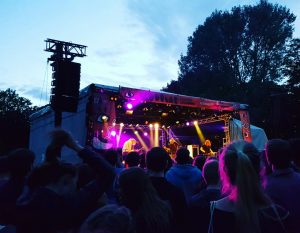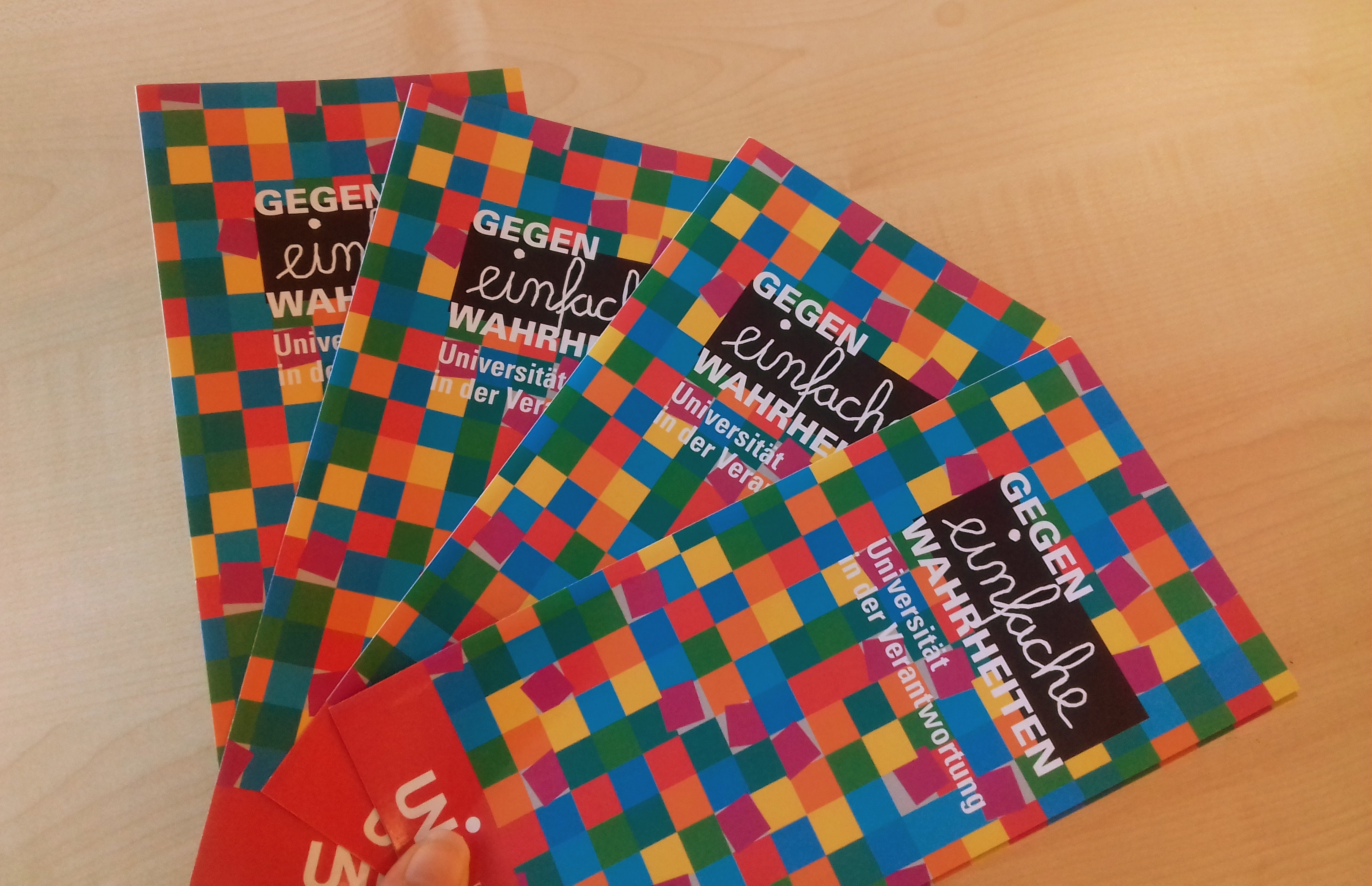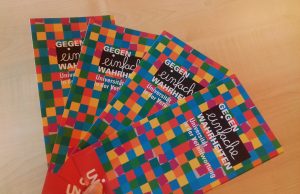Idag är det den 13 December, det är Luciadagen. På Luciadagen firar man en av de största religösa högtiderna i Sverige, även om firandet i modern tid inte är så starkt förknippat med religion längre. Då firar man att de kortaste dagarna på året är över, man hälsar de längre och ljusare dagarna välkomna. Man kan säga att Luciadagen är vinters motsvarighet till den bättre kände midsommaren. I det följande ska vi förklara festens historia och traditioner.
Luciadagens historia
Kanske undrar du varför man firar det kortaste dagen just den 13 December, eftersom du förmodligen vet att årets kortaste dag egentligen är den 21 December. Men det är lätt att förklara, om vi påminner oss om vilken kalenderräkning man hade när Luciafiradet började: Europa hade den julianska kalenderräkningen, och enligt den så inföll Luciadagen samma dag som vintersolståndet.
Sankta Lucia, alltså den heliga Lucia, är ett helgon i den romersk-katolska kyrkan och har sitt ursprung i Sicilien. Lucia dog på 300-talet och är skyddshelgonet till Syrakusa. Namnet Lucia kommer från latin (lux) och betyder ljus. Idag vet man inte precis hur luciafirandet utvecklades, men de första historiska bevisen på luciafester går tillbaka till medeltiden. Folk firade fester för att ringa i jultiden. På 1700-talet fanns det första rapporter om vita kläder som människaor hade på sig i samband med luciafirandet. Lite senare, på 1800-talet, spred sig denna sed från Västsverige, Dalsland, Bohuslän, Västergötland och Värmland, över hela landet.
Luciafirandet idag
 Idag är Lucia inte någon särskilt religös högtid längre, utan snarare en fest för familjer och barn. De viktigaste symbolerna är vita kläder som barnen har på sig, samt ljus som bär i sina händer och på huvudet. Vanligtvis börjar Luciadagen tidigt på morgonen, hemma hos familjer, och forstätter i skolor, på dagis, universitetet och arbetsplatser. Hemma är det den äldsta dottern i familjen som är Lucia. Hon är klädd i en vit klänning med rött sidenband runt midjan och bär en krona med levande ljus på huvudet. Alla andra tjeierna följer henne som ”tärnor”. Tärnorna bär också vita kläder, men de har glitter i håret och runt midjan. I sina händer håller de var sitt levande ljus. Poijkerna får naturligtvis också delta i Luciatåget: De föreställer så kallade ”stjärngossa”, ”pepparkaksgubbar” eller ”tomtar”.
Idag är Lucia inte någon särskilt religös högtid längre, utan snarare en fest för familjer och barn. De viktigaste symbolerna är vita kläder som barnen har på sig, samt ljus som bär i sina händer och på huvudet. Vanligtvis börjar Luciadagen tidigt på morgonen, hemma hos familjer, och forstätter i skolor, på dagis, universitetet och arbetsplatser. Hemma är det den äldsta dottern i familjen som är Lucia. Hon är klädd i en vit klänning med rött sidenband runt midjan och bär en krona med levande ljus på huvudet. Alla andra tjeierna följer henne som ”tärnor”. Tärnorna bär också vita kläder, men de har glitter i håret och runt midjan. I sina händer håller de var sitt levande ljus. Poijkerna får naturligtvis också delta i Luciatåget: De föreställer så kallade ”stjärngossa”, ”pepparkaksgubbar” eller ”tomtar”.
Men varför bär alla människor ljus på denna dag, kan man undra. Nu behöver vi komma ihåg att solen i stora delar av Sverige aldrig går upp mitt i vintern, så folk vill lysa upp mörkret och bringa ljus till hela landet och till världen.
Svenskarna är söta
Firar man någon högtid i Sverige, så får man inte glömma sötsaker, så klart: Som överallt i hela världen finns det speciella maträtter till speciella fester och högtider. På Luciadagen brukar man baka ”lussekatter”, en vetebulle med jäst som är gulfärgad av saffran. Med lite fantasi kan man se att den klassiska lussebullen ser ut som en katt.
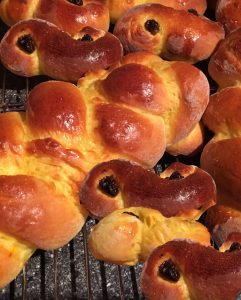 Namnet ”lussekatt” består av två delar: Lusse är en alternativ benämning på Lucia. Andra delen, „katt”, hänvisar till katten, alltså djuret. Tidigare kallade man bullarna för djävulskatter, darför att i Tyskland var det djävulen som serverade dem. Och, som ni alla förmodligen vet, var katter förr i tiden djävulens hjälpare.
Namnet ”lussekatt” består av två delar: Lusse är en alternativ benämning på Lucia. Andra delen, „katt”, hänvisar till katten, alltså djuret. Tidigare kallade man bullarna för djävulskatter, darför att i Tyskland var det djävulen som serverade dem. Och, som ni alla förmodligen vet, var katter förr i tiden djävulens hjälpare.
Nu ska vi avsluta vår lilla berättelse om en av Sveriges stora fester och, i typiskt svensk tradition, fika med våra lussekatter.
Ha det så bra! Vi önskar er alla God Jul och Gott Nytt År!
Text: Angie Czygann & Tobias Lorenz
Proofreading: Sarah Weitkamp
Pictures: M & A Czygann

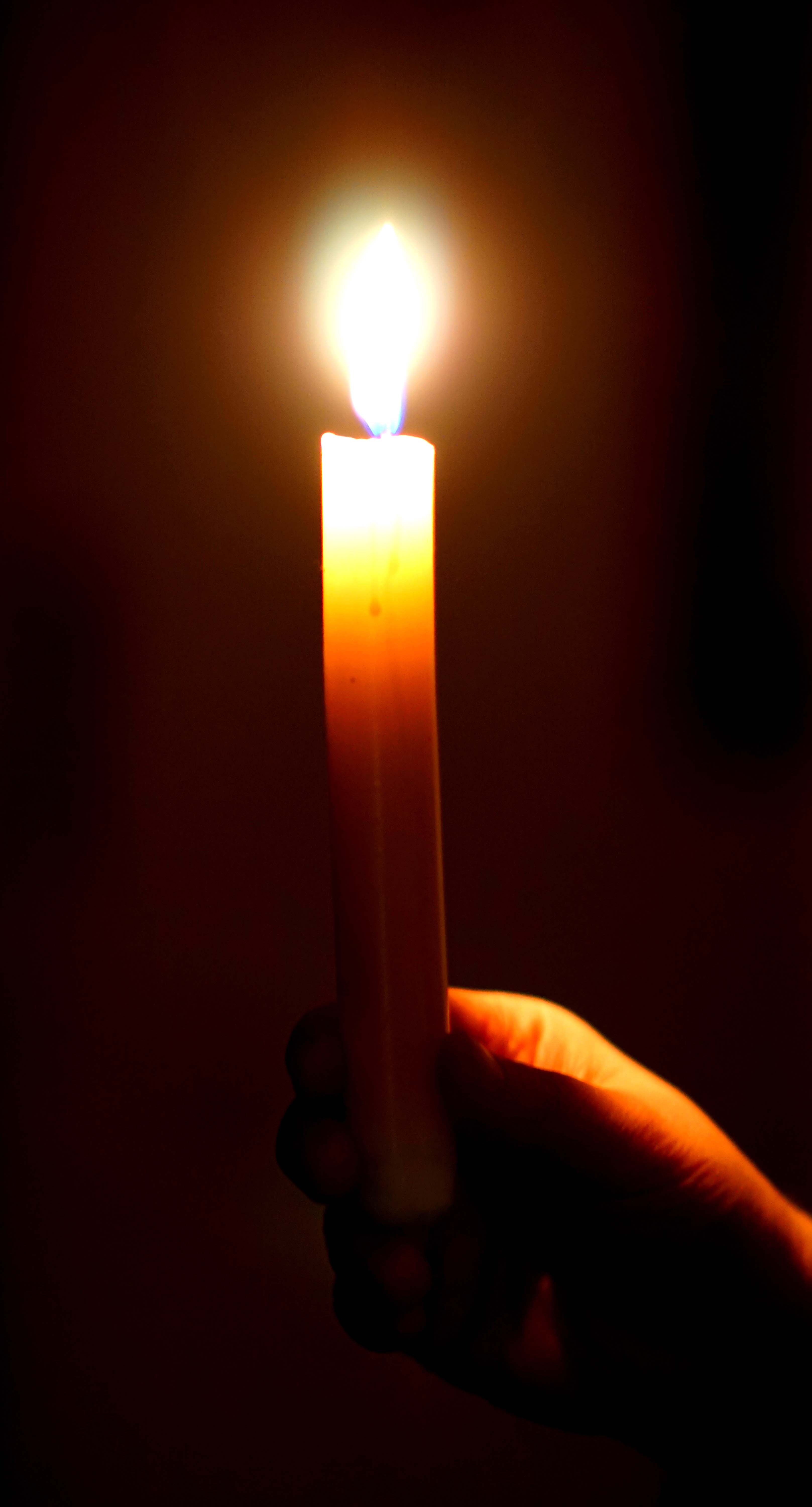
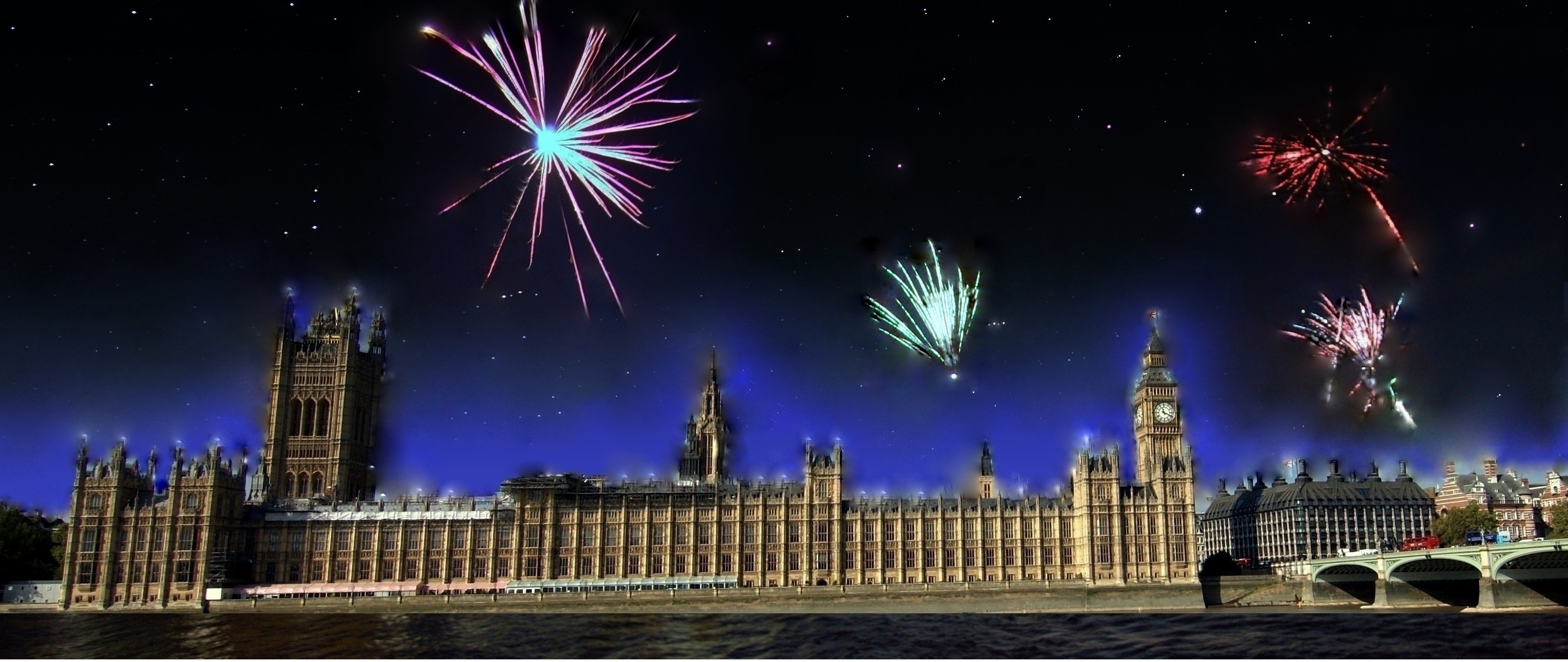

 The very first celebration of the failed gunpowder treason took place right after Guy Fawkes was arrested. The King’s Council had allowed the public to celebrate the King’s survival with bonfires. The following year Parliament passed the Observance of 5th November Act (also known as “Thanksgiving Act”) in order to remember the failed attempt to murder King James I of England. What the celebrations were like during the first years can only be speculated, though we know that at least in some communities music and artillery salutes were part of the festivities. The events were mainly for local dignitaries to start with, but were extended steadily.
The very first celebration of the failed gunpowder treason took place right after Guy Fawkes was arrested. The King’s Council had allowed the public to celebrate the King’s survival with bonfires. The following year Parliament passed the Observance of 5th November Act (also known as “Thanksgiving Act”) in order to remember the failed attempt to murder King James I of England. What the celebrations were like during the first years can only be speculated, though we know that at least in some communities music and artillery salutes were part of the festivities. The events were mainly for local dignitaries to start with, but were extended steadily.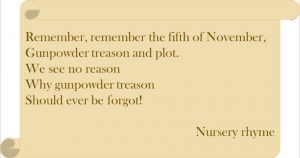 Today, every kid knows the name. “Remember, remember…” is a nursery rhyme every kid in Great Britain is bound to hear at some point. Still, when you ask people about the reason for bonfires and firework – more often than not the question results in puzzled looks. People do have a vague idea, of course, but nowadays people seem to be more interested in partying than knowing what makes this date special in the first place.
Today, every kid knows the name. “Remember, remember…” is a nursery rhyme every kid in Great Britain is bound to hear at some point. Still, when you ask people about the reason for bonfires and firework – more often than not the question results in puzzled looks. People do have a vague idea, of course, but nowadays people seem to be more interested in partying than knowing what makes this date special in the first place.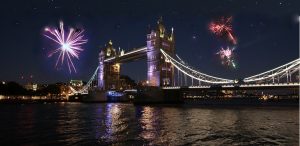
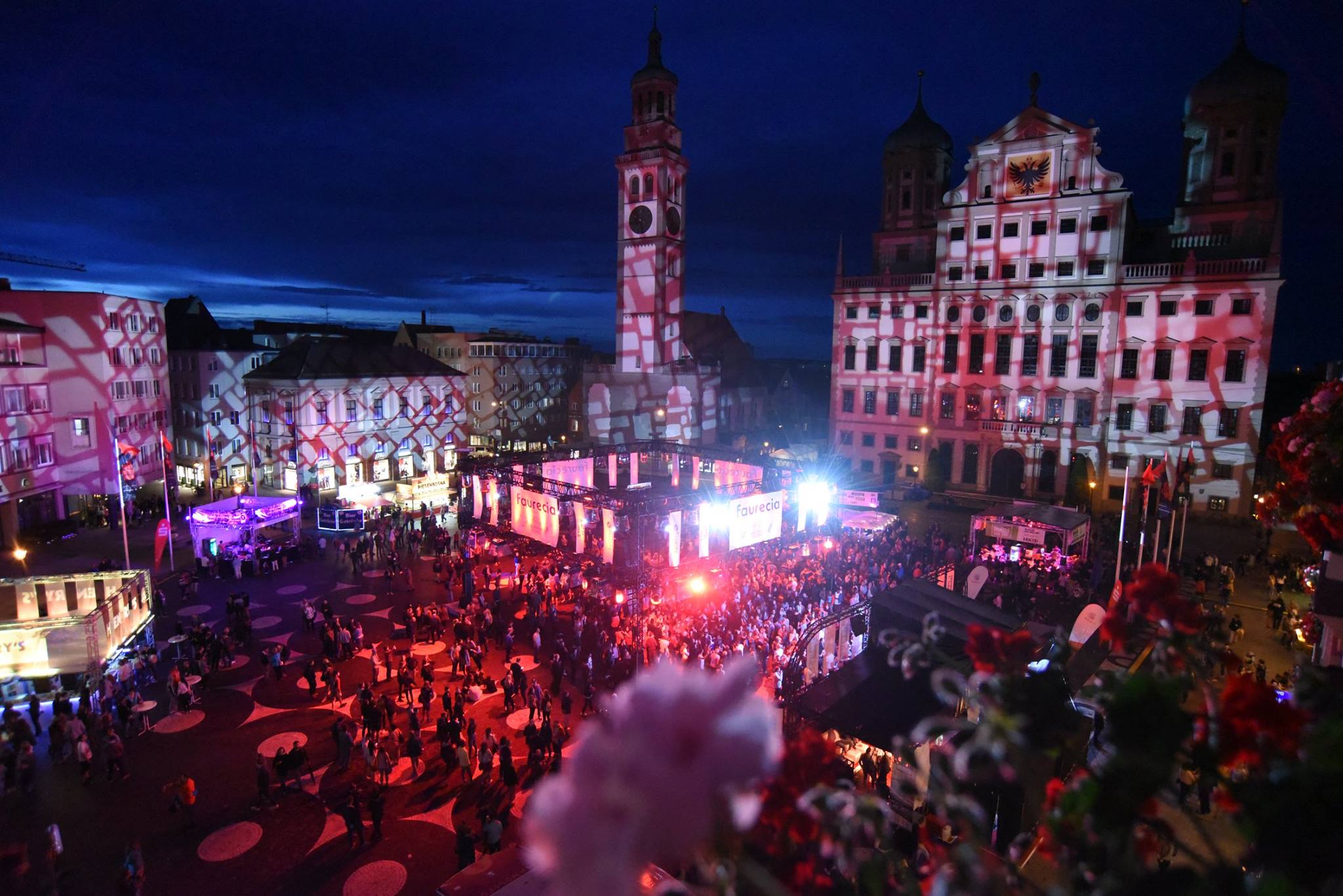
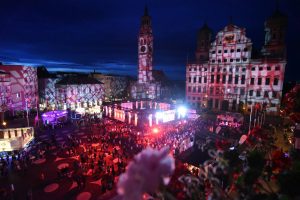 e a few convincing reasons. But first of all, some of you may not even know what the Augsburger Sommernächte are…
e a few convincing reasons. But first of all, some of you may not even know what the Augsburger Sommernächte are…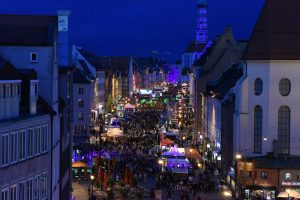 The Sommernächte also gives you the chance to meet new people. Everybody’s in a good mood and always ready for a chat! Apart from this social aspect, what is really cool is that the Neue Szene presents newcomers. Not only young bands try to entertain the people with their music, but also poetry slammers who try to catch the listener’s attention with their own texts.
The Sommernächte also gives you the chance to meet new people. Everybody’s in a good mood and always ready for a chat! Apart from this social aspect, what is really cool is that the Neue Szene presents newcomers. Not only young bands try to entertain the people with their music, but also poetry slammers who try to catch the listener’s attention with their own texts.
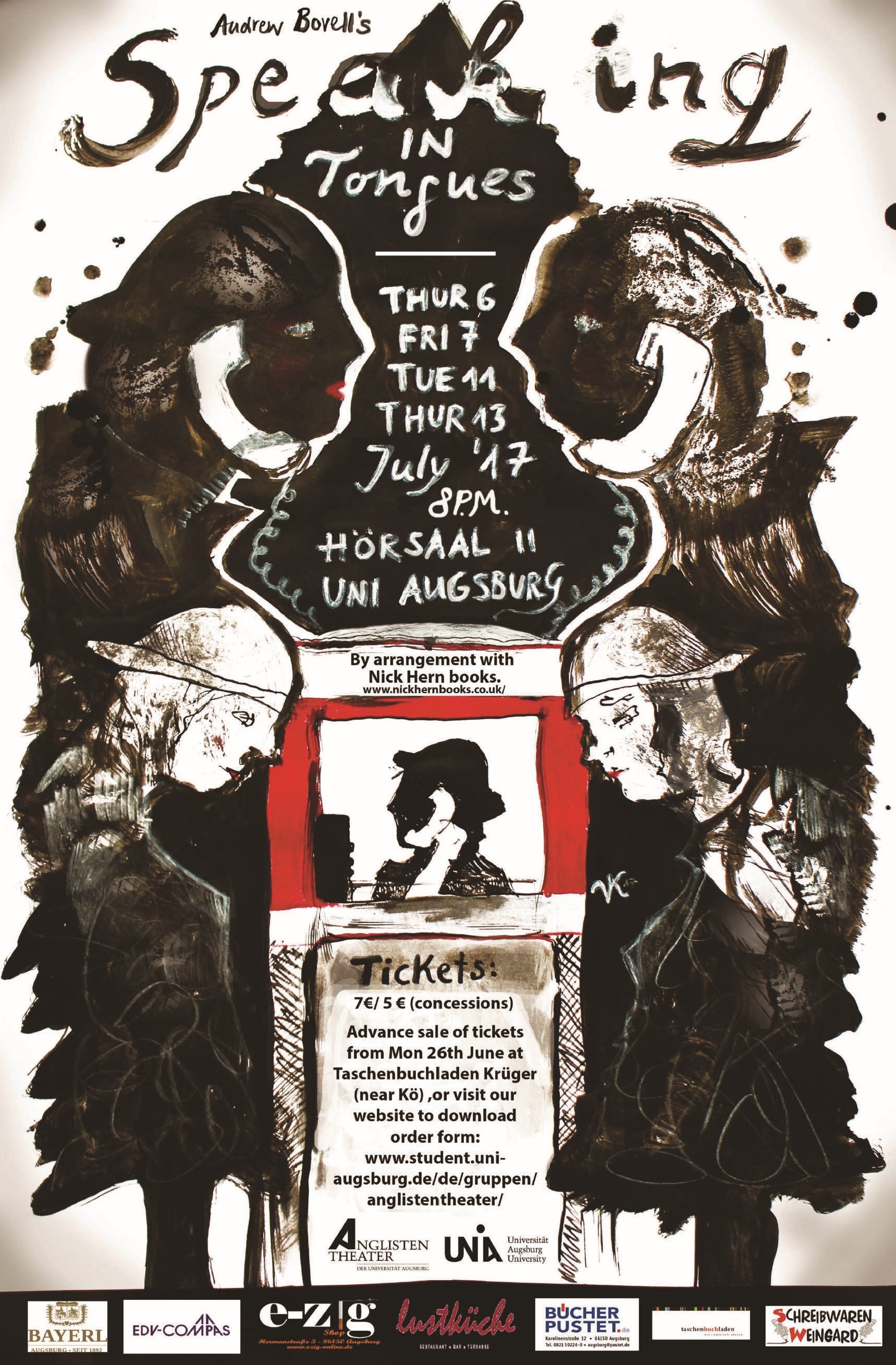
 On Thursday, 6th July, the Anglistentheater premiered their latest play “Speaking in tongues”, by Andrew Bovell.
On Thursday, 6th July, the Anglistentheater premiered their latest play “Speaking in tongues”, by Andrew Bovell.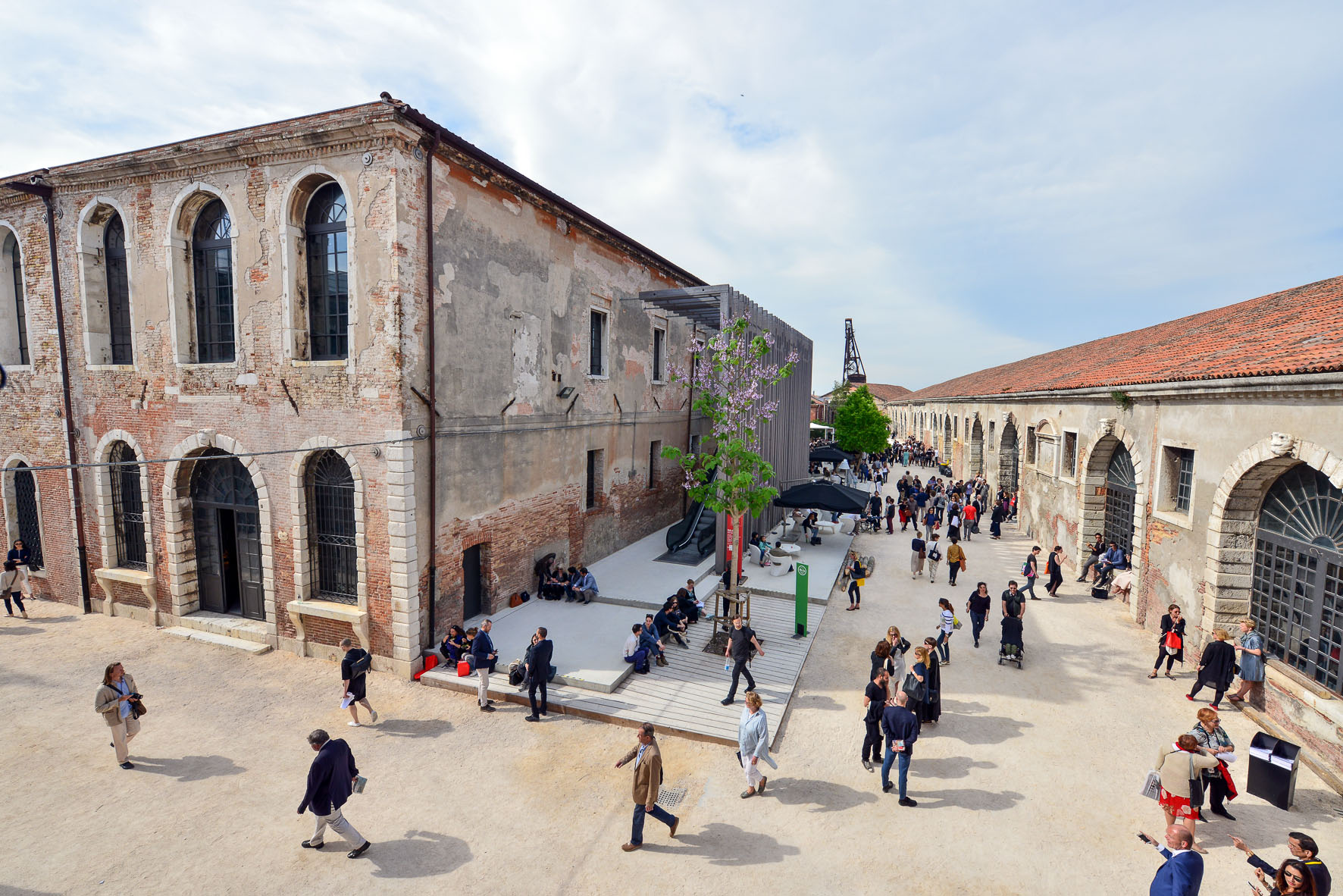
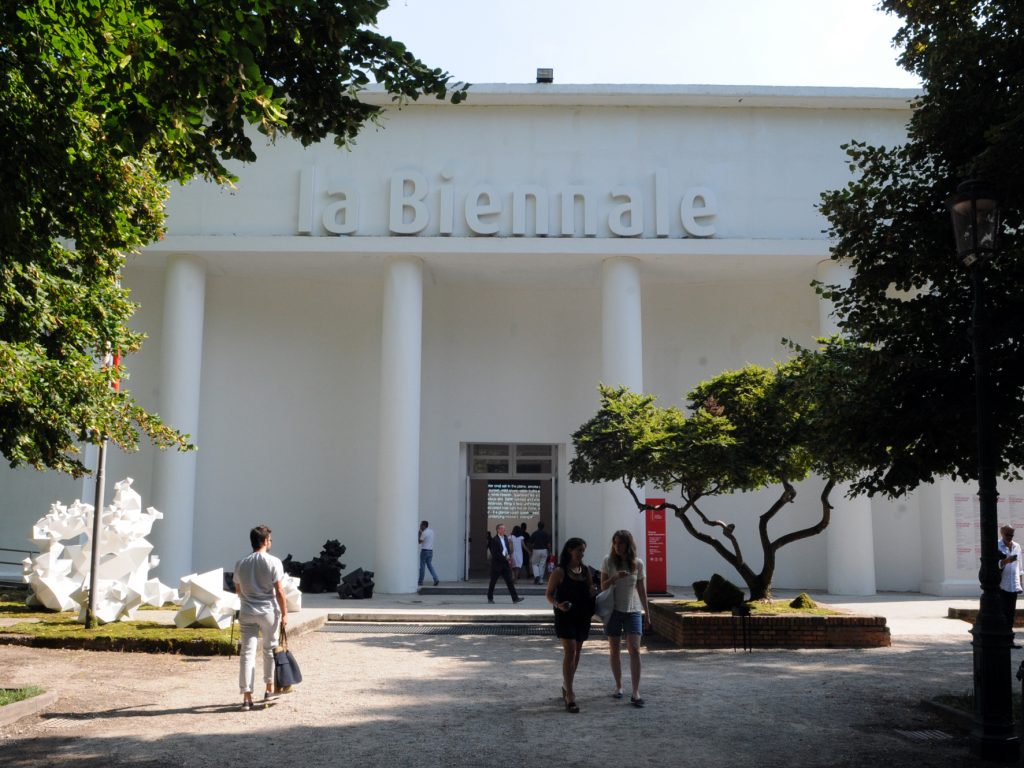
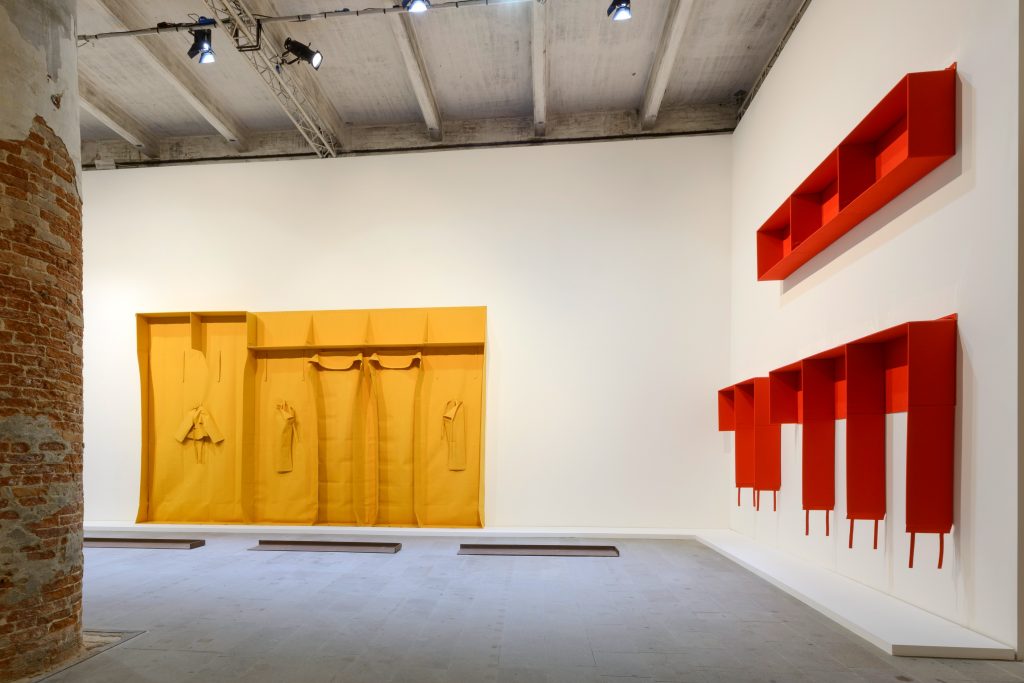
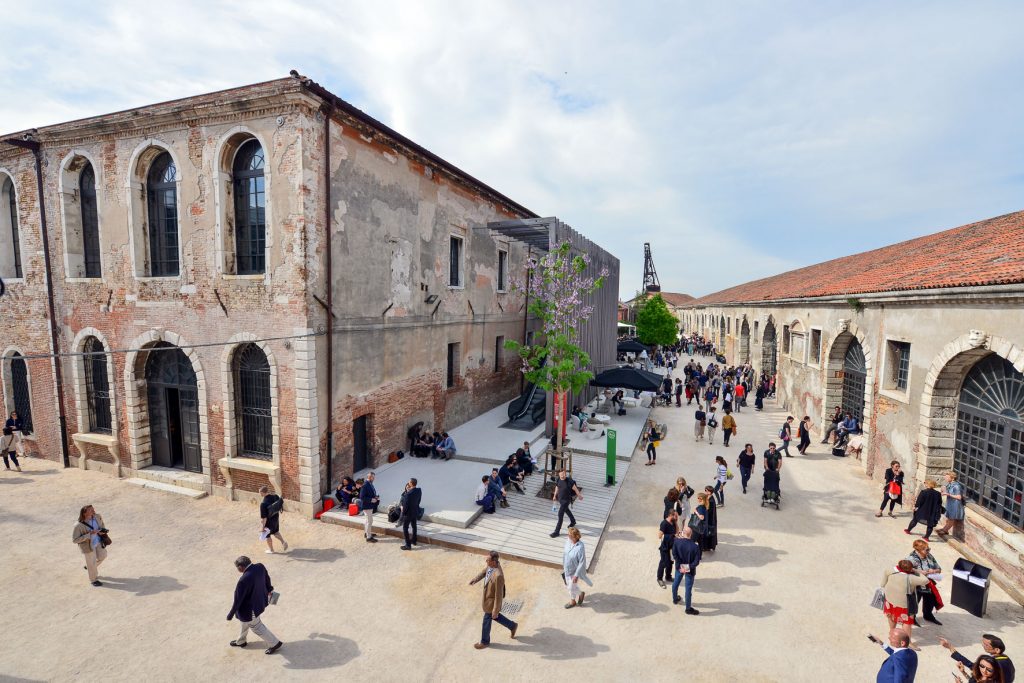
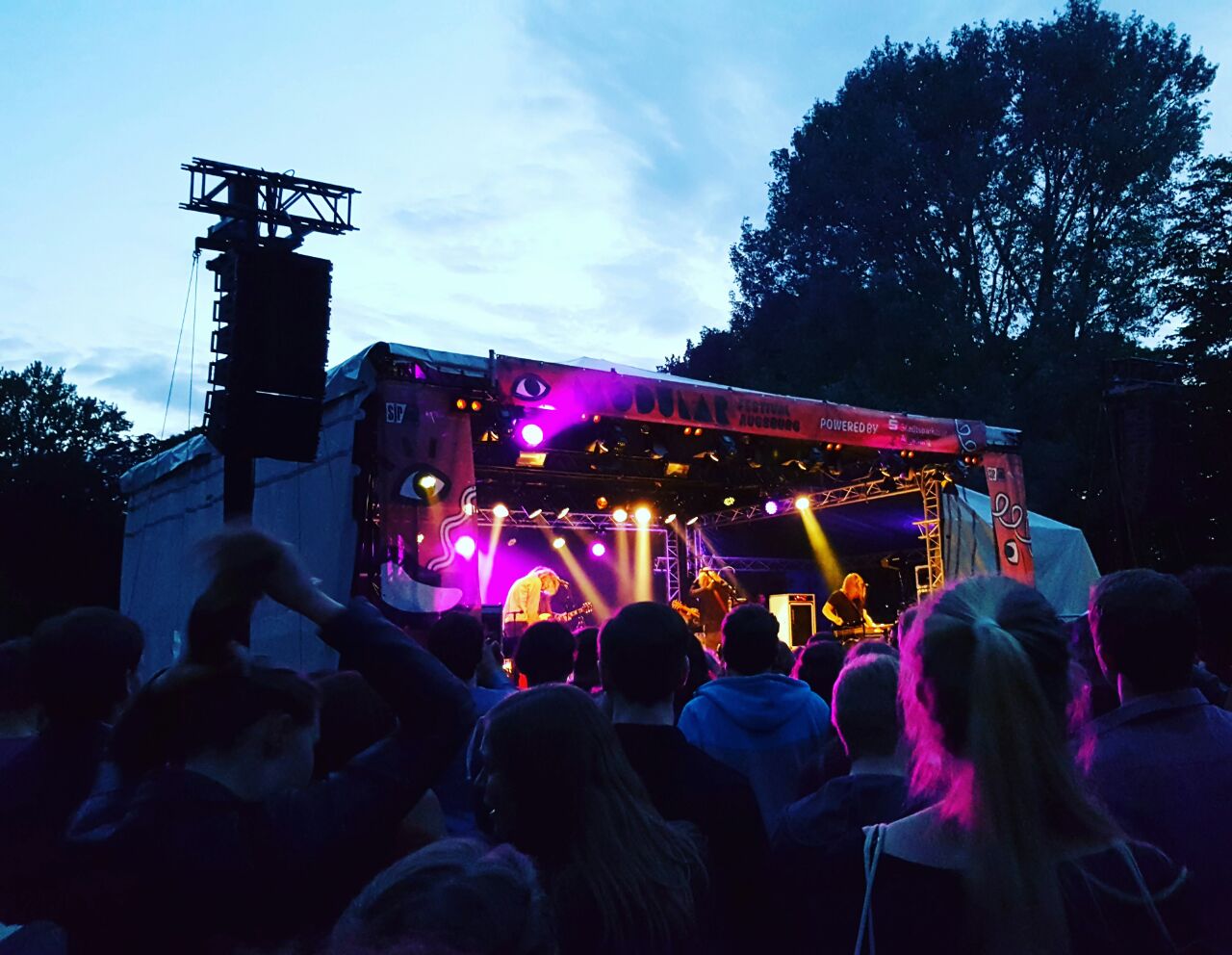
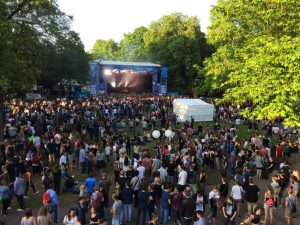 Music
Music